|
Volunteers at the Roxburgh Cinema, which will celebrate 125 years of continuous screenings in this Central Otago town in 2022. The real sense of community. (courtesy of Bradley Knewstubb on the Cinemas & Theatres of New Zealand FB group)
0 Comments
Collaboration between the Academy and the Hollywood Avondale will mean that Aucklanders will be able to see many of the films they missed as a result of the cancellation of the Auckland leg of the NZIFF. In the Shade: A Summer Film Festival runs from 19 Jan to 2 Feb 2022.
As my explanation on the front page of this site explains, I usually don't include multiplexes. In this case, however, I will make an exception. These are the men's toilets at the Event Cinema in Devon Street, New Plymouth. Quite possibly the cleanest toilets I have encountered at any public venue!
I drove down to New Plymouth (4 hours each way) in mid-November, to catch some flavour of the 2021 NZ International Film Festival, seeing that the Hamilton festival had been cancelled. The Event New Plymouth is a bit lost down an arcade but I am grateful I could catch four festival films there, in a comfortable venue, even though the audiences were small. A fascinating re-telling of the history of the flamingo curtain which graces the stage at the magnificent Civic Theatre in Queen Street (from The Spinoff)
https://thespinoff.co.nz/objectspace/25-11-2021/the-single-object-flamingos-in-stitches?fbclid=IwAR3kgjEY_zD_ILL7ajnMj_60sWHP1iloSfzT6Cf3cJBgR3dOuev25OqgR4E The country's coolest cinema
BROOK SABIN/STUFF Make sure to book the Dome Cinema in advance – it fills quickly.In the age of streaming, cinemas seem increasingly irrelevant – unless you head to one of Gisborne's best-kept secrets. The Dome Cinema is a place of childhood dreams. You enter via a grand colonial-style mansion to reveal an elaborately colourful bar. BROOK SABIN/STUFF You can enjoy the Dome Cinema bar before and after your movie.Then, behind a nondescript door, lies one of the coolest cinemas in the country. You’ll find a series of enormous beanbags scattered around a large room, mood-lit by ceiling domes. You'll be helped into the beanbags by a cinema attendant (if you try to do it yourself, you risk falling off the side). Then, sit back and enjoy the movie in style. BROOK SABIN/STUFF The Dome Cinema has an impressive outdoor area.During the half-time intermission, pizza and ice cream are delivered to your seat, which you can munch on as the movie continues. The films are like pick and mix lollies – with something for everyone. And the party usually goes on well after the viewing, with the bar becoming more colourful as the night goes on. From Roy Stafford's The Case For Global Film website (sans images)
NOVEMBER 15, 2021The Rebirth of Neighbourhood Cinemas The Cinema Theatre Association (CTA) here in the UK organised a fascinating Zoom presentation by one of the UK’s leading cinema architects Stephanie Fischer on Saturday 6th November. It was a privilege to listen to Stephanie and to learn about her recent work and her ideas about a mini-revolution which could eventually transform the cinema experience for some previously neglected audiences as well as helping to re-generate high streets. What is a ‘neighbourhood cinema’? It’s actually quite difficult to be definitive but these are generally small cinemas located in small towns or districts of larger cities. They are cinemas attempting to offer film screenings to the widest possible demographic, i.e. across age groups, gender, ethnicity etc. They are also attempting to be cultural hubs and social centres so they try to offer meeting spaces, food and drink and sometimes film education and other forms of social activity. As Fischer pointed out there has been a long history of cinemas serving as a form of ‘civic presence’ on the high street. The term isn’t meant to cover commercial multiplexes or the latest round of new ‘bijou’ or ’boutique’ cinemas such as those of the Everyman and Curzon chains and their smaller competitors. Such cinemas may fulfil some of the criteria but they are likely to target wealthier middle-class patrons and to charge more for admission and for up-market food and drink. There are also various forms of specialised cinemas, often accessing public funding, which might meet all the criteria but which are mostly located in the centre of large cities. ‘Community cinemas’ are similar in some respects but also different in significant ways. Fischer began her talk with a case study which exemplified several of the features she wanted to emphasise. Newlyn Filmhouse is a new cinema in Cornwall opened in 2016. Newlyn is a small seaside town and important fishing port with a population of 4-5,000. It is only 2 miles from the larger town of Penzance (21,000 pop) which still has a traditional cinema with 4 screens as part of the Merlin chain. The Newlyn Filmhouse has been designed to ‘re-purpose’ an existing building, a fish warehouse which had several features as a light industrial building that could be utilised as part of a cinema design. Stephanie pointed out that Newlyn had an original cinema, the Gaiety which opened in 1905 and closed in the 1964 but has been re-purposed as a restaurant and is visible from the Filmhouse, further down the road. The Filmhouse has only two screens with a total of 135 seats. It shows a variety of commercial films, specialised films, live theatre transmissions and special events and has a food and drink offer in a café-bar, but food is not allowed in the auditorium. The small number of seats means that the cinema must aim for greater occupancy targets and returning audiences. The flexible programme and lower running costs have only been possible because of digital distribution and projection. The Regal in Wadebridge The history of the Gaiety led Stephanie to argue that in the early 1900s many re-purposed buildings were being used for cinema screenings before the main period of purpose-built cinemas began around 1911-12. Many such cinemas later closed for a range of reasons, including competition from bigger, more modern screens in the 1920s/30s and the general decline of cinema audiences in the 1950s/60s. But the re-purposed buildings are often in good positions and some early cinemas have survived. Fischer offered us a comparison with an inner city area, utilising Jeremy Buck’s work on Haringey cinemas in North London. She also referred to a second neighbourhood cinema, also in Cornwall, The Regal in Wadebridge. This cinema first opened in 1931 but by 1967 was in danger of closure when it was acquired by a local construction business, W. T. Williams which already had two other Cornwall cinemas in St Austell and Padstow. The ‘WTW’ chain invested in renovating the Regal and in 1986 converting to a two screen cinema. Since then WTW have continued to upgrade the screens in terms of seating and also switched to digital projection and new audio systems as ‘early adopters’. Fischer argued convincingly that this cinema demonstrates two key factors in the survival of neighbourhood cinemas over the past 100 years or more – local ownership and constant attention to the need to upgrade facilities. The current Regal has 204 seats in Screen 1 and 98 in Screen 2. Photos of the auditoria can be found on the cinema’s website. Wadebridge has a population of around 8,000 and offers a range of films comparable to those at the Newlyn Filmhouse. Most of the examples of neighbourhood cinemas and detailed case studies that Stephanie Fischer worked through with us were projects on which she had worked either with her original partnership of Burrell Foley Fischer or more recently as a Cinema Consultant. Apart from the very wonderful Campbelltown Picture Palace in Argyll and Bute, these cinemas are all in Southern/South West England, East Anglia or the East Midlands. I don’t think that the points she makes are inapplicable in the North of England, the region I know best, or in the other Home Nations, but I suspect that there might be some economic differences and possibly other factors. Nevertheless I found the whole presentation very useful. The other discourse was about regeneration of high streets and town centres and, looking into the very near future, the need for ‘eco cinemas’ with a net zero carbon footprint. No longer is the small neighbourhood cinema at a disadvantage with the large cinema chain which initially invested in out of town multiplexes in the peak building period of the late 1980s and into the 1990s. In stark contrast, Fischer referred to new research that suggests that in many small towns, cinema patrons would prefer not to use a car and instead walk or cycle (strangely no mention of buses or trains) to get to their local screen. This is related to the concept of the ’15 minute city’ in which all the necessary facilities for a healthy lifestyle are within the same accessible locality. Re-purposing buildings in the town centre is more ecologically friendly than an out of town facility requiring a car for most audiences. Re-purposing saves on building costs and often has the support of older townspeople, reviving memories. Fischer gave an example of the benefits of digital technologies when she made the point that a new generation of smaller digital projectors can be ceiling-mounted without the need for separate projection rooms. But also important is the transformation of some existing cinemas with their lack of enough space in foyer areas. She showed how this had been solved at the Rio Cinema in Dalston. The Everyman, Crystal Palace in South London is a ’boutique cinema’ with 4 screens opening in 2018. It is housed in the former Rialto/Granada Cinema that closed as a cinema in 1968 but continued with bingo until 2009 when it was acquired by a church which subsequently sold the property to Everyman. There was much more in the presentation that I haven’t been able to cover but Stephanie Fischer ended with a rallying cry, saying “There is a hunger – people have to be able to see films” – and neighbourhood cinemas can satisfy that hunger at minimal cost to the environment and maximum benefits to communities. There was plenty of time for questions and comments. The one I recognised immediately was about the upmarket ’boutique’ cinemas. Some of these from the Everyman and Curzon chains do meet some of Fischer’s criteria, including the repurposing of ex-traditional circuit cinemas like the Muswell Hill Odeon, the Curzon Sheffield in a bank building or the Curzon Ripon in shops. There is nothing new in this. The major specialised cinema in Sheffield, The Showroom, was housed in an ex-car showroom and Cornerhouse in Manchester was partly in a furniture store. More worrying is the high seat price and the focus on food. One audience member referred to “restaurants with cinemas attached”. That is certainly the reputation of the Leeds Everyman. I have no intention of visiting a cinema in which somebody is eating pizza while I am watching a film. The other downside to these cinemas is the very high seat prices and the equally highly-priced food and drink. Boutique cinemas in London are charging £15 or more and I have come across prices of £20 for weekend screenings (see the new Tivoli Cinema in Cheltenham). The neighbourhood cinemas discussed by Stephanie Fischer are generally sticking to £8 to £8.50, which I think is fairly standard for most of England. Fischer did use the Broadway in Nottingham as one of her examples and I would class that as an important specialised cinema, one of a few around the country likely to play most foreign language film releases as well as re-releases and archive films, travelling festival seasons etc. ‘Community cinemas’ are usually run by volunteers, often in ‘non-traditional venues’ and screenings on a part-time basis. They have always been an important part of film distribution in the UK, in the form of film societies and public cinemas, especially in rural areas. It would be good if the CTA paid more attention to the sector, even if they do not often use recognisable cinema buildings. After all, “What is Cinema?” as André Bazin asked? It doesn’t mean only the building. This was a well attended Zoom Event. At one point I counted 78 ‘participants’, including at least one person from North America and I think one from elsewhere in Europe. I’m pleased to see these CTA Events as a member and I look forward to similar events. There have been others that I have not attended because they seemed too specialised for me, but this one was too important to miss. Thank you Stephanie Fischer and the CTA organisers for a valuable insight into the wave of new and ‘returning’ cinemas in our high streets Life without cinemas continues in Auckland and the Waikato whilst COVID lingers. Auckland has already cancelled its part in the 2021 NZ International Film Festival and uncertainty remains about the Hamilton leg, due to begin on November 11.
In the meantime, another cinema closes--this time in the Coromandel holiday town of Whangamata. Whether it is due to COVID or not is not clear, as owner Ron Slater has been signalling his retirement for some time.There seem to be new owners but it is also not clear whether the building will continue as a cinema. I hope so. ... for the lack of activity. I am waiting on a return to Level 1, so I can get out and about and visit cinemas for updates. But if your cinema is open once more (as the Lido in Hamilton and Tivoli in Cambridge are), do go out and support them.
In the meantime, I thought you might like the photo below of the Cinemas Dore in Barcelona, from a time when it was possible to travel to such places: My local cinema (Lido, Hamilton) provided a cinematic treat this weekend, when it scheduled screenings of Charlie Chaplin's THE KID (1921), to celebrate its 100th.
|
Archives
July 2022
Categories |
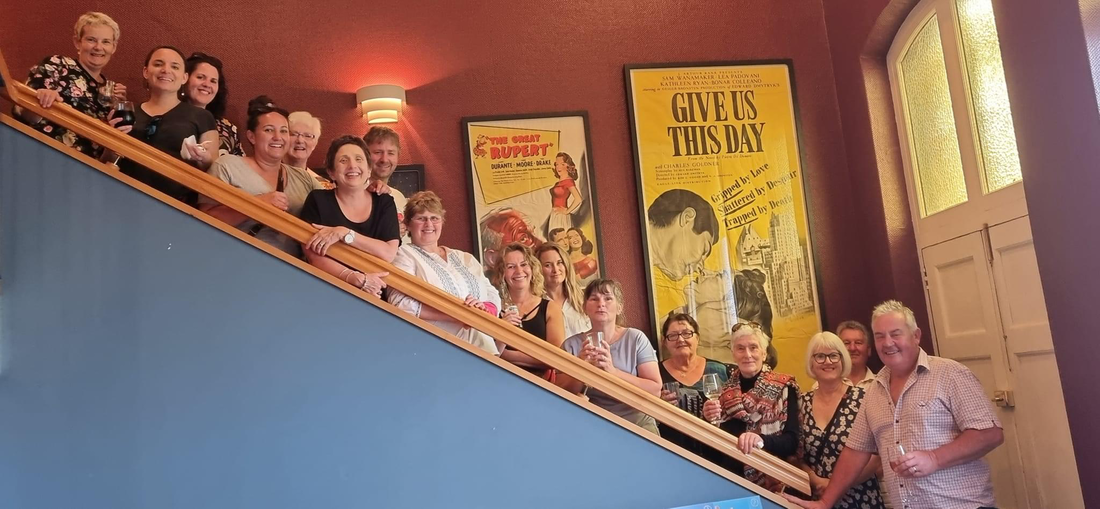

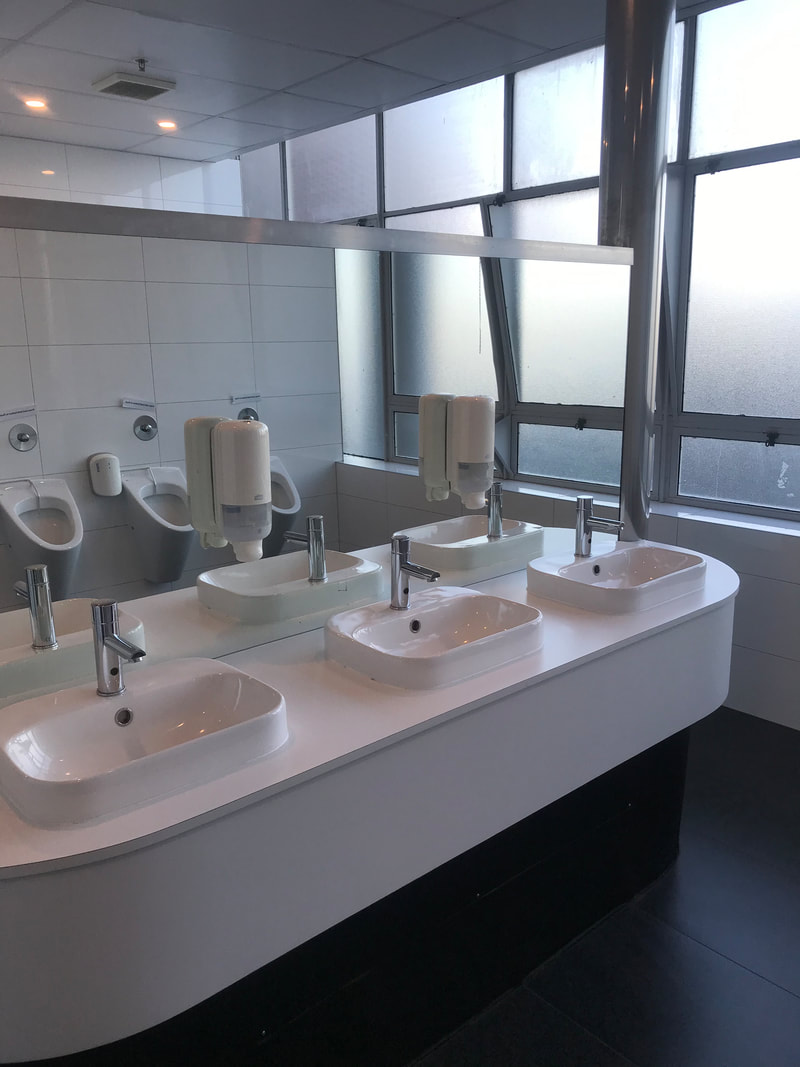

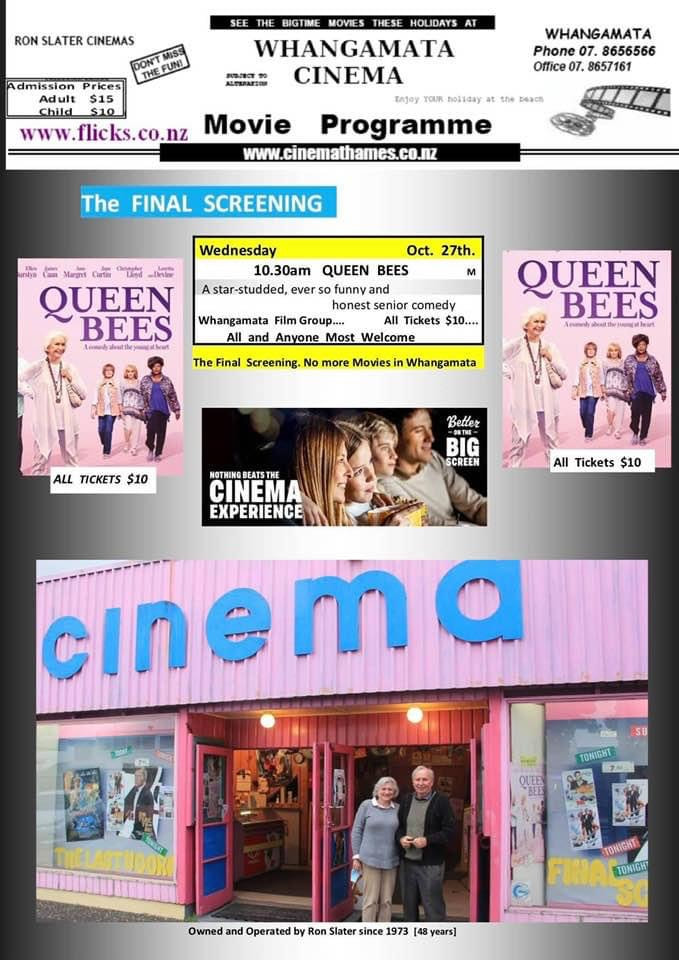
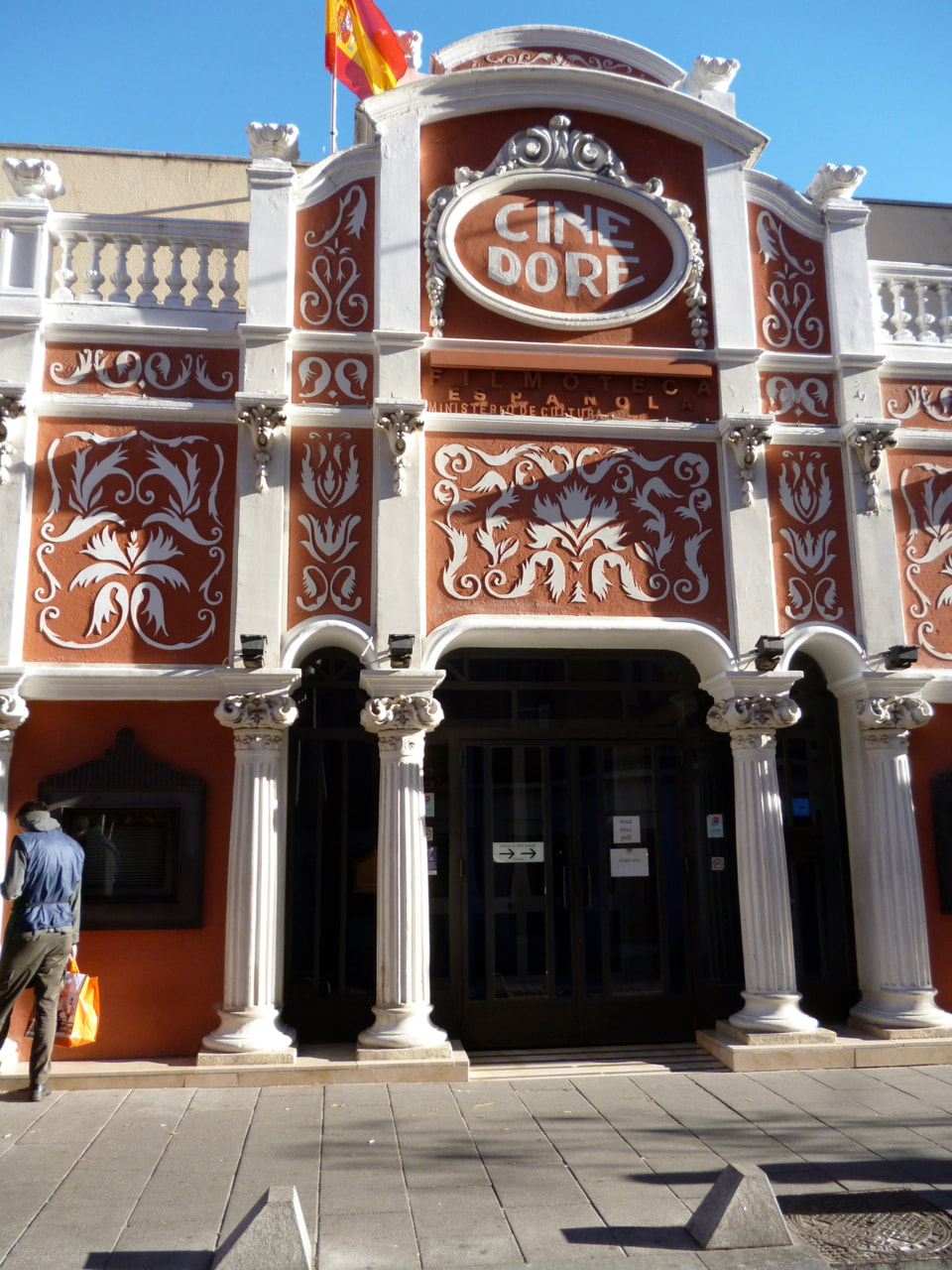
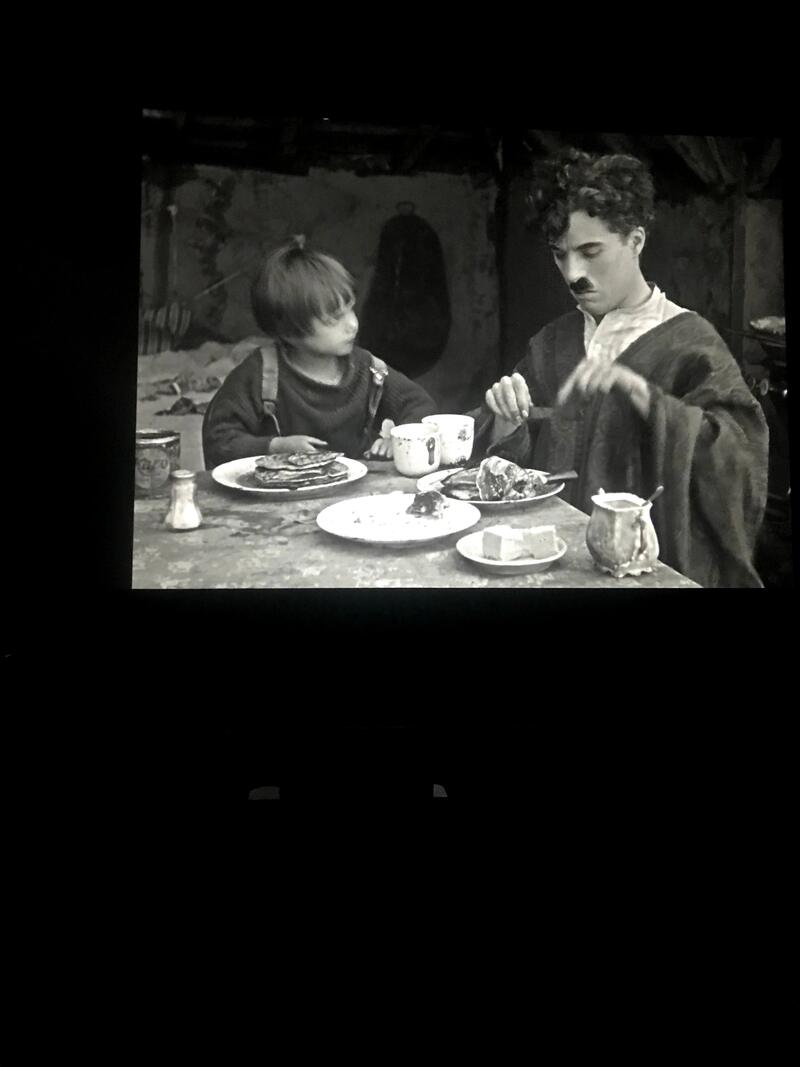
 RSS Feed
RSS Feed